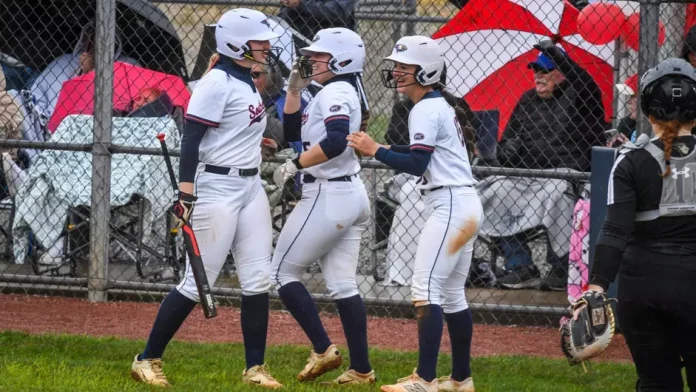Both named to First Team
ST. LOUIS – Two University of Evansville men’s golfers earned Missouri Valley Conference Scholar-Athlete recognition on Monday. Andres Rodriguez and Daniil Romashkin were each named to the MVC Scholar-Athlete First Team.
Rodriguez led the Purple Aces with a 73.17 stroke average while playing 24 rounds. Each of his rounds finished at a 79 or lower and he registered three top 20 finishes on the season. He opened the season with a tie for 18th out of 86 participants at the Colonel Shootout while completing the tournament at 1-over. His top finish of the season was a tie for 14th at “The Buddy” where he opened with a season-low round of 69.
Majoring in Business, Rodriguez has a GPA of 3.56.
Romashkin wrapped up his junior campaign with a 74.29 stroke average, second on the UE squad. Out of his 24 rounds, 22 finished in the 70’s. He earned top finish of the season at “The Buddy” as he tied for 11th with an even 213. In the opening round of the event, he shot a 68. His lowest round of the season was a 66 in the opening round of the Butler Spring Invitational.
He is a Finance major and has a GPA of 3.86.











